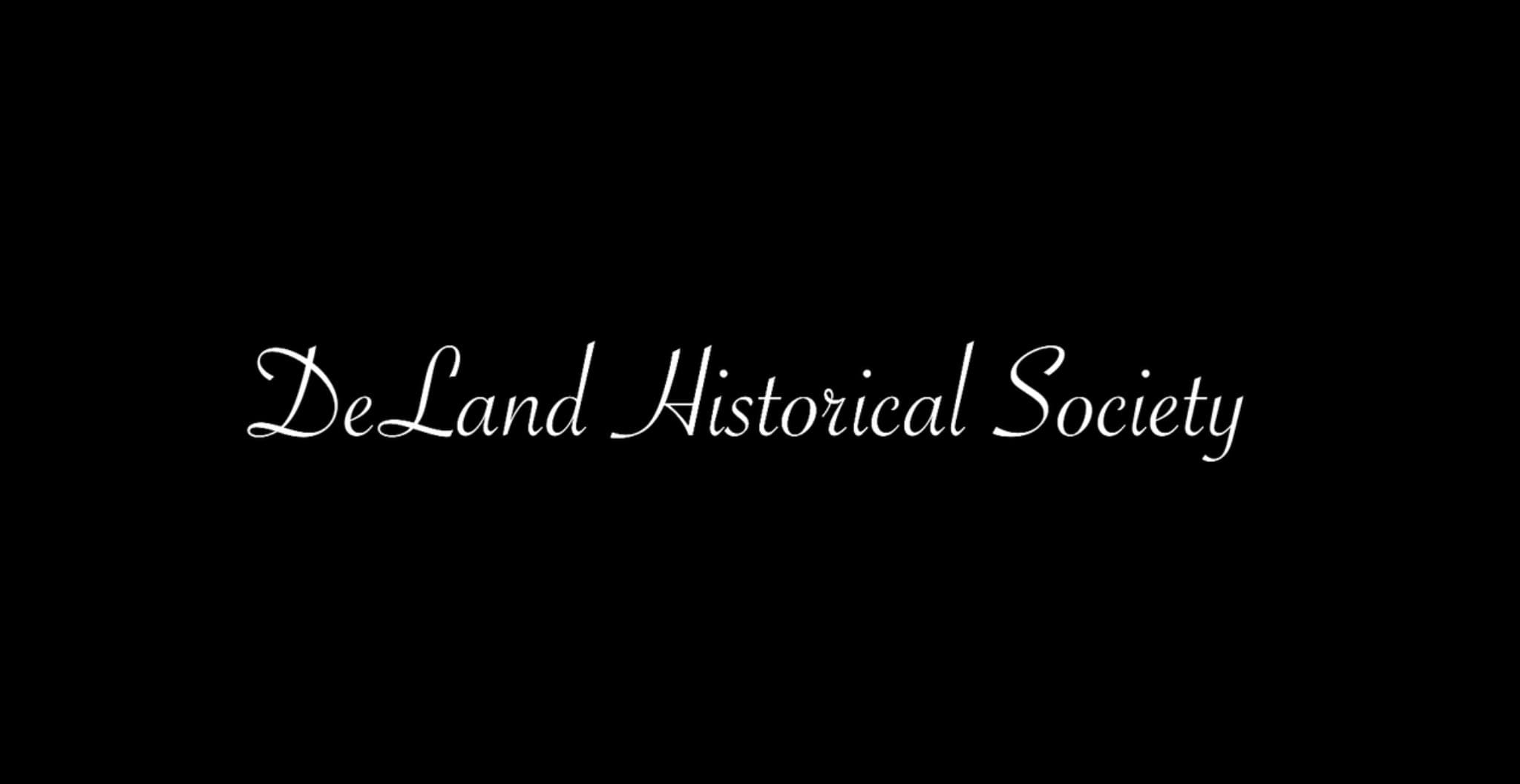Ancient Owl Totem from Hontoon Island, DeLand, Florida

Ancient Indian Totem from Hontoon Island, DeLand, Florida.
Majestically situated on the St. Johns River lies the quiet land mass known as Hontoon Island. A mix of swamps, marshes, pine flatwoods and oak hammocks cover the landscape, giving visitors a vision of Florida before development.
Excavation of the Precolumbian shell mound on Hontoon Island april 18 1983. Courtesy of the State Archives of Florida.
Excavation of the shell mound on Hontoon Island - 1893
Accessible only by boat, this island is home to thousands of years of history and culture.
The Mayaca Native Americans were the first known inhabitants of the island. Very little is known about the Mayaca except for Spanish records and actual archaeological digs that were done at Hontoon Island.
Research indicates that the Mayaca lived along the river for well over 12,000 years before Spanish explorers encountered them in the late 16th century.
A tribe of hunter, fisher, gatherers, situating themselves along the river allowed them to have plentiful access to fish, freshwater snails that were a staple and other marine creatures as a source of food.
Freshwater snail shells from Hontoon Shell Midden
Snail shells from the shell midden
Artifacts and remnants of the Mayaca can still be seen on the island. A large shell midden can be found along the shore, along with fragments of pottery and wood carvings.
A shell midden is a mound of shells, bones and other debris discarded by the early inhabitants of the area. Created over time, a midden contains many layers of debris. This layered site is a preserved record of the people who once lived here.
In the 1500s, Spanish Conquistadors founded the city of St. Augustine, and they built a series of missions throughout North Florida. One of those missions is said to have existed here on the island.
After the Second Seminole War, settlers formed homesteads along the St. Johns River. Their survival depended on fishing and hunting wild game, along with raising cattle and growing crops like citrus, sugar cane, corn, cotton and sweet potatoes.
A former soldier named William Hunton acquired the property and established a homestead on the island in the 1860s. The island originally got its name from Hunton and over time was changed to Hontoon Island by the time it was established as a Florida State Park in the 1970s.
In 1955, a 10-foot owl totem pole was found in the river, making it one of the most significant discoveries of the area. The totem was originally attributed to the Timucua, a neighboring tribe in the area, but research has found that this was indeed a product of the Mayaca. It is most likely that they used tools such as stones and sharks’ teeth to carve the details into the wood.
No one is sure about the purpose of the totem. Some researchers believe that it was a religious item, serving as a means of protection for the tribe, while others think the totem was a territorial marker indicating the area belonging to the Mayaca.
A replica now stands near the area where the pole was discovered as a means to remember the Mayaca.
You also can see the original owl totem on display at Fort Caroline National Memorial.
Many investigations into the life of the Mayaca have been made, but there is still very little known about them. They spoke a different language than the neighboring tribes and did their best to refuse interactions with the Spanish explorers.
This stark lack of knowledge is why discoveries such as the owl totem are invaluable in piecing together the life of the nearly forgotten tribe.
Take a walk back in time when visiting Hontoon Island State Park by hiking the Hammock Nature Trail, which leads you to one of the shell middens.
As you walk up the shell midden, keep an eye out for the discarded shells that are scattered throughout the ground, and imagine the people who roamed this land for centuries.
Contact
Connect with DeLand's Fascinating History
Thank you for your interest in DeLand Historical Society, dedicated to the rich history of DeLand, Florida. Please use the contact form below to get in touch with any questions, feedback, or inquiries. I value your input and look forward to hearing from you!
